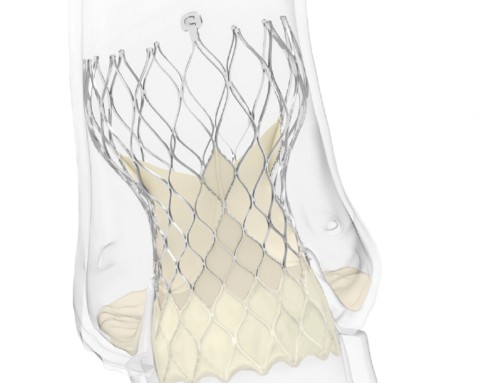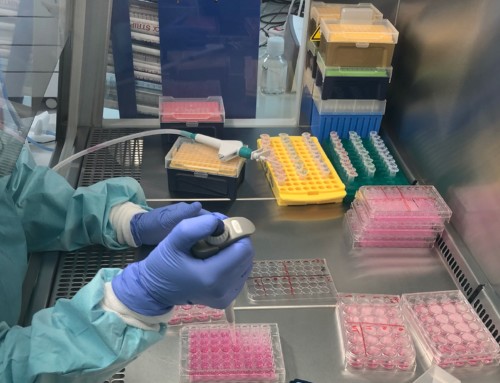
Keystone Heart has signed a distribution agreement with Vasorum for sales and marketing of the Celt ACD vascular closure device. A press release reports that the Celt ACD is an arterial puncture closure device that has been used in more than 40,000 patients to date with excellent clinical results following percutaneous catheter-based vascular procedures. The device achieves closure by applying a proprietary biocompatible implant to both the inside and the outside of the puncture site in the femoral artery at the level of the arterial wall.
The Celt ACD vascular closure sevice is currently available in three sizes to fit 5Fr, 6Fr and 7Fr sheaths. It is does not require exchange of the existing procedural sheath before deployment. Under the agreement, Keystone Heart began selling the Celt ACD device in the US and European markets from 1 July 2019.
Vasorum, co-founder, CEO and clinical director, Jim Coleman, comments: “The Keystone Heart agreement is validation that the Celt ACD vascular closure device has proven itself to be a market leading arterial puncture closure device that allows rapid and complete haemostasis independent of vascular anatomy, including calcified arteries. This partnership provides an opportunity to accelerate growth for both companies, while serving both clinicians and patients worldwide.”
Keystone Heart president and CEO Chris Richardson comments: “The Celt ACD device is designed to improve procedural workflow and may be effective in early ambulation of patients, by significantly decreasing time to haemostasis, as compared to manual pressure. Adding this device to Keystone Heart’s sales and marketing portfolio further solidifies our mission of providing best in class technology to meet the needs of physicians and patients in the structural heart space. Vasorum’s technology pipeline will soon include a vascular closure device capable of treating up to a 20Fr puncture. This large bore device will provide opportunity for physicians to utilize a market leading arterial closure device in a wider range of procedures, including transcatheter aortic valve replacement.”





